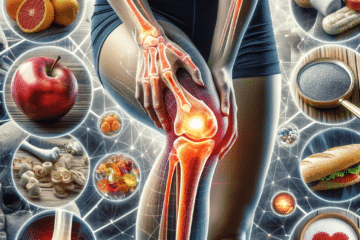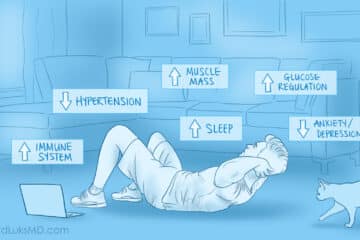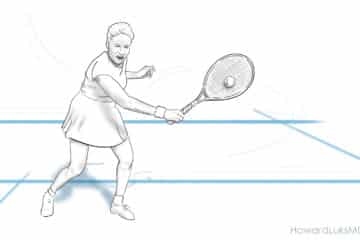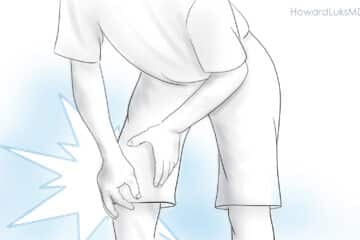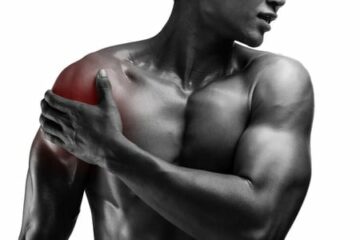
A plica is felt to be a common cause of knee pain. There is a lot of misunderstanding about a medial plica. Let’s try and set the record straight on what a plica is and how it can be treated.
What is a Plica?
We believe that a plica forms during your development in the uterus. As we are growing in the uterus cells move around the knee joint to form all the important structures such as the meniscus and the ligaments. It appears that a few cells go awry and form what we now call a plica. When we look inside a knee at the time of surgery we occasionally see a plica sitting under the kneecap on the inner or medial side of the knee. Most of the time a plica is a very thin normal looking structure. As you bend the knee a “normal” plica simple slides over the end of the femur and moves out of the way.
Why Does A Plica Hurt?
On occasion the plica will become thicker. This might be associated with inflammation as well. The most common causes of of thickening or inflammation is chronic repetitive activities and trauma. When the plica becomes thicker it no longer moves out of the way easily as we bend our knee. Instead it rubs harder against the end of the bone. That can theoretically cause fraying of the cartilage on the femur. Not everyone will feel a thick plica snapping or clicking on the inner side of the kneecap, but some of you will. Many people with a thickened plica will complain of pain on the inner side of their kneecap.
Do I Need Surgery For A Plica?
If a painful plica is due to trauma, then rest, heat, a compression sleeve, and anti-inflammatory medications will help usually ease the pain. It can take a number of weeks for the swelling and pain to recede. On occasion we will consider an injection of cortisone as well if your pain is severe.
A painful plica might also be due to chronic repetitive stress such as running. Telling a runner to stop running is unlikely to work :-). That being said, unless the pain is severe there is no need to stop running. Moist heat, a compression sleeve, massage, stretching, perhaps an injection and a tincture of time might be all the doctor ordered for you to start to feel better.
On rare occasion a plica will remain swollen and painful. In addition, your symptoms might persist despite injections, stretching, rest and heat. In those cases, your doctor might recommend an arthroscopy to remove the plica. You do not need to have surgery for a plica that is not painful or bothersome.


